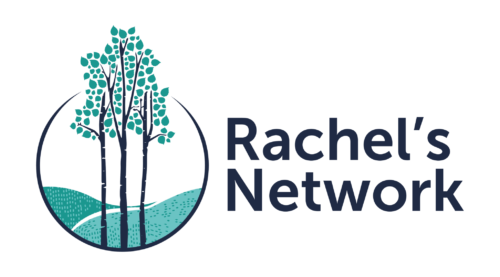In April, members Tacy Hahn and Kim Milligan joined an Earthjustice-organized trip to Louisiana’s “Cancer Alley”—an 85- mile corridor along the Mississippi River known for its heavy industry and high cancer rates. The trip introduced funders to the vast scale of petrochemical operations in the region and the grassroots leaders fighting for their communities.
Tacy spoke with Rachel’s Network about her experience on the trip.
Why did you decide to join this trip?
For several reasons. First, I had never been to the South and wanted to travel there. Second, it was an Earthjustice trip that I knew would be educational. And lastly, I’ve been learning a lot about justice, equity, diversity and inclusion (JEDI) through Rachel’s Network and knew this would be a good continuation of that learning. I call it “Real American History.”
What did you see there?
The five-day trip was billed as “Louisiana by Water, Land, and Air.” We traveled from Baton Rouge to New Orleans, guided by community leaders from Cancer Alley and the Sierra Club’s senior organizing representative Darryl Malek-Wiley. Our itinerary included a boat tour of the Atchafalaya Swamp, the largest wetland in North America that is threatened by water diversion from oil and gas companies. We sat in on a potluck/meeting of energetic local environmental organizers. We took an airplane flight over the region and saw the scars that industry has left on the landscape and communities. And we visited the Ninth Ward in New Orleans to learn about the necessity of funders listening to local communities before undertaking projects.
Monied interests have a long history of exploiting nature and people there. Cancer Alley is built on old sugar cane plantations—many of the fenceline community members are descendants of the enslaved people who labored on those plantations. When the petrochemical companies were looking for land, it was easier for them to take over those titles.
Was there a particular moment that illustrated the challenges that frontline communities are facing?
We visited the Whitney Plantation which documents local history from enslaved people’s perspective. We learned how much money both the South and North made from slavery. The situation has not changed in many ways. Today, maps show that Black communities are getting the brunt of pollution from the factories. Corporations are trying to take people’s land. They try to move schools to avoid pollution regulations They develop industry on top of enslaved burial grounds despite laws against that. It’s really cruel. On top of that, many people in local and state government are bought and paid for by these companies. It’s hard to get anyone voted out as a result.
Who are some of the local organizers you met with and what do they need most right now?
It’s often the women who are fighting hardest. We met Joy and Jo Banner, cofounders of the Descendants Project which represents the interests of the descendants of enslaved people in the Cancer Alley region. We met Sheila Tahir of the Louisiana Bucket Brigade who led us on an educational 11-mile bike ride along a levee to visit fenceline communities. Sharon Lavigne with RISE St. James is another strong local activist. She won the Goldman Prize in 2021 for her work to fight the Formosa plastics plant (a Louisiana judge recently cancelled permits for the project). These women have stopped factories. They are doing it. What organizers like them need is money, attention, and stricter government regulations on these industries. People need to know what’s going on there.
What takeaway did you bring back from the experience?
To make America a better place, we have to carry an understanding of this country’s history of racism within ourselves at all times.
To learn more about the next Earthjustice trip to Louisiana in April 2024, click here.
Photo by wisepig / Flickr


